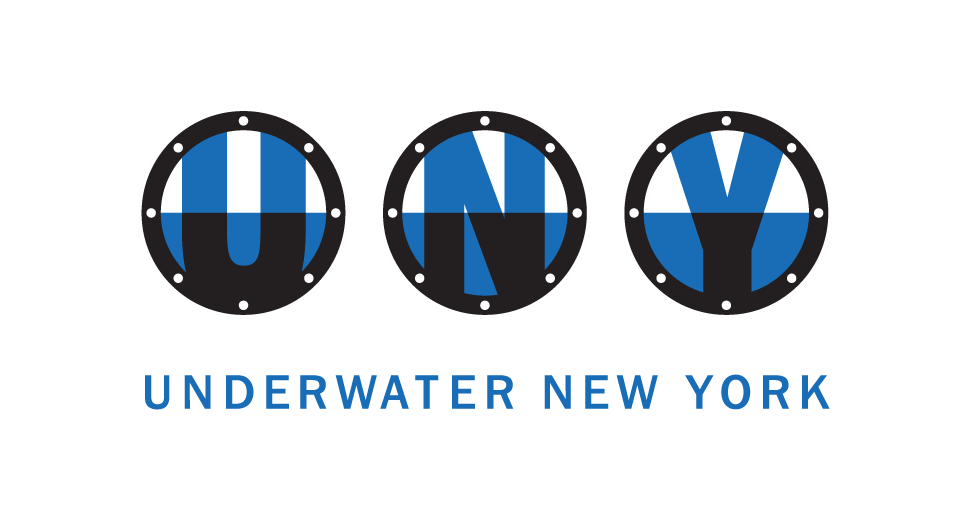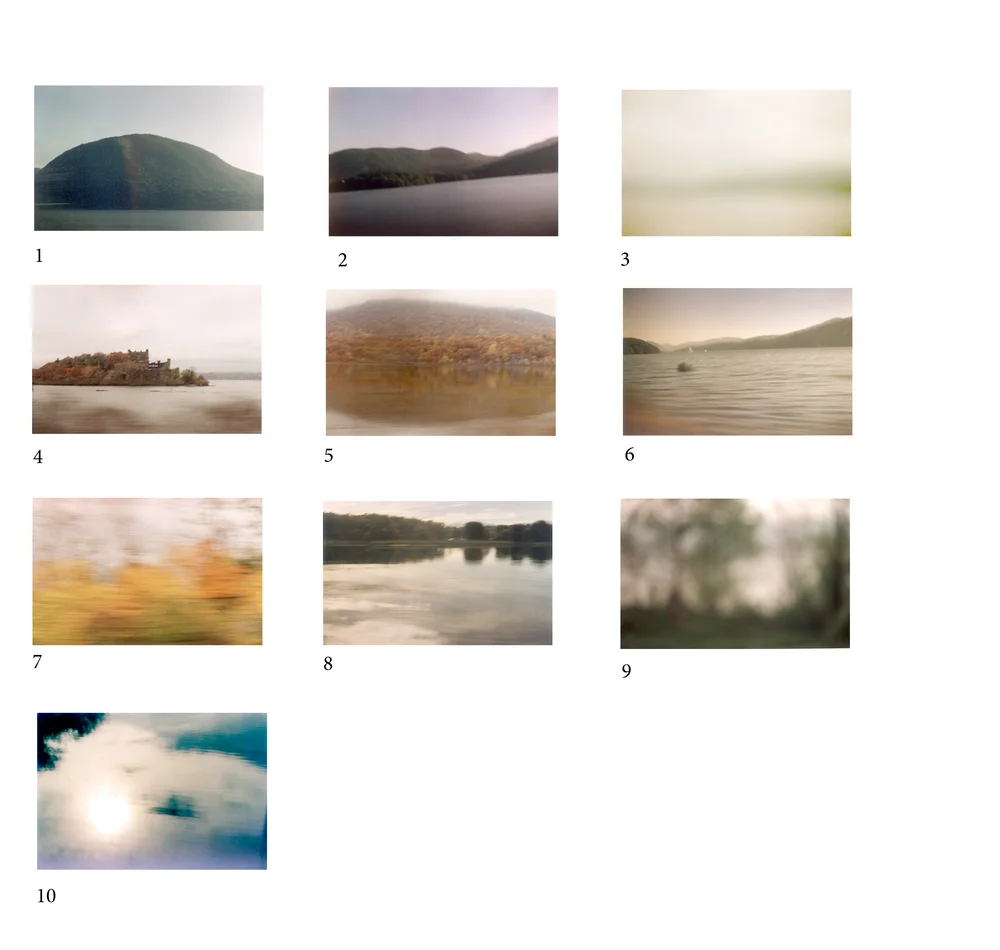I have centuries of data on the history of fish species and the fisheries in New York City waters. I’ve been researching this industry for years and the stories embedded in the data are many, complex, and show patterns of use and abuse, loss and resilience. It’s an overwhelming amount of information that I’ve shared in bits and pieces, but I’ve never released it all to the public. A book seems daunting, an academic paper isn’t enough and doesn’t reach most of the people in New York City that I would like to. As a dancer, I also wanted to make it physical, tangible, spatial, and interactive.
Read MoreOver two seasons in residence on Governors Island, I worked to expand a body of work called TRACES. Rivers are constantly changing course, redistributing energy and carving new paths. Dance pathways are also not fixed, with variations every time movement is performed. This series of choreographic works uses stream dynamics and river morphology as a point of departure that, when performed, create large drawings as an artifact of the dance, mapping the unique signature of each performance and, abstractly, the water body that inspired it.
Read MoreWater, Memory and Ritual is a multi-part meditation on water as a medium for the cyclical forces of death and life. The impetus for this project began with remembering those who have died in bodies of water surrounding New York City and on Pagganuck (Governors Island). Waters bordering the five boroughs hold memories of injustice — starting with the loss of indigenous lives at the arrival of settler colonialists. Contemplating death in water through historical events led to encompassing all lives lost in bodies of water. My work reveals a reverent focus on the sacredness of water and its connection with the cyclical forces of death and life.
Read MoreDuring my Works on Water residency, I explored the use of algae as a new material in my art practice. After researching emerging sustainable applications of algae, I experimented with it as a dynamic color component in light fixtures, as well as a pigment in paint and ink. Using algae milk paint that I created, I filled existing cracks in the walls of my WoW space, as if it was being reclaimed by elements of the sea.
Read MoreThe text within the artist book, "Holding on to Waste," was collected from the public in answer to the question: "What do you enjoy wasting?" The paper in the book is made from recycled magazines, cardboard boxes, a picture book, paper towels, paper scraps, children’s drawings, mint tea bag wrappers, receipts, scavenged berries, old Christmas cards, photographs, algae, a plastic bottle, chestnuts, fabric and thread scraps, a balloon, a cardboard spool, rubber gloves, empty Emergen-C packets, blue tape, packing tape, food wrappers, double-sided tape, and water collected on Governors Island. In a society where consumerism and wasteful living is widespread, this book asks us to consider more deeply how we allocate and spend our resources, often at the risk of the earth and other times at the risk of our own personal fulfillment and satisfaction.
Read MoreThe photographs in Down For the Day (2016-present) are made along a fifteen block stretch of Rockaway Beach, Queens. Less than a mile long, this section of beach is among the most utilized in New York City, hosting shoulder-to-shoulder crowds on summer weekends. The project title, Down For the Day, is the local description of day-trippers, frequently called DFDs. This term of derision, often meant to distance visitors from locals, is used here to describe the tangled bodies, cramped encampments, and flimsy tropical umbrellas as attempts at finding not only respite from the city heat, but perhaps a momentary paradise, imperfect but one’s own.
Read MoreEinstein once described quantum mechanics as “spooky action at a distance,” an invisible world of atoms that is composed of even smaller particles that can be moved and affected without being touched. The imperceptible energy exchanges and mysterious movements between these subatomic particles can also be affected in more than one place at one time and can occur thousands of miles apart.
Read MoreOn my first trip to the National Seashore in Cape Cod a few summers ago, I was confronted by plastic: cups, buoys, lobster line, toys, fishing detritus, and all the other polymer bibs and bobs of contemporary life that wash up with the tide. It’s a familiar sight on beaches across the world and most pronounced in Southeast Asia, where plastic tides ripple along coasts, catch in the lowest branches of mangrove trees, and flood yards and roads. That day in Cape Cod, I picked up as much as I could carry and eventually filled two more garbage bags, which I brought back to Brooklyn.
Read MoreIn 1905, a group of indigenous people from the Philippines were displayed at Coney Island’s Luna Park as a spectacle for curious visitors. Truman Hunt, former lieutenant governor of the Bontoc region in the Philippines during the American occupation, recruited native Igorot from the region and offered compensation of $15 a month to showcase their customs and culture to the American public.
Read MoreThis selection of photographs is drawn from two distinct bodies of work, “Down For the Day” and “A Further Shore.” Both series are part of larger cycle of projects that look at New York City’s intricate and complicated relationship with its waters: the beaches, bays, and rivers where its diverse citizenry comes in contact with nature and each other. While “Down For the Day” and “A Further Shore” frequently depict people engaging in leisure activities, those who labor on the water are also present, enabling the quest for respite, for a momentary paradise along our urban shorelines and waterways.
Read MoreElisa Kim’s project Atlas of the Sea is both a cartographic and political inquiry that visualizes a new oceanic spatial order c. 2017–present, including the creation of a new set of geopolitical territories and the delineation of their borders along the ocean floor. These territories are authorized under Article 76 of the 1982 United Nations Convention for the Law of the Sea, which grants nation-states sovereign access to the ocean floor for extractive purposes. She spoke with UNY editor Nicole Miller about the work of women in cartography, embodied ways of knowing, and the collective labor required to fathom the deep sea.
Read MoreFirst Contact is an installation and media performance-in-progress. The basis of the piece is the 1759–1769 correspondence between Medford, Massachusetts slave trader Timothy Fitch and the captains who sailed his ships. These letters offer an opportunity to examine the irrevocable point of contact between the Atlantic Ocean and the Caribbean Sea, and between British settlers and enslaved Africans, whose contact, collision, and conflict will eventually produce the ‘Americans’.
Read More


















